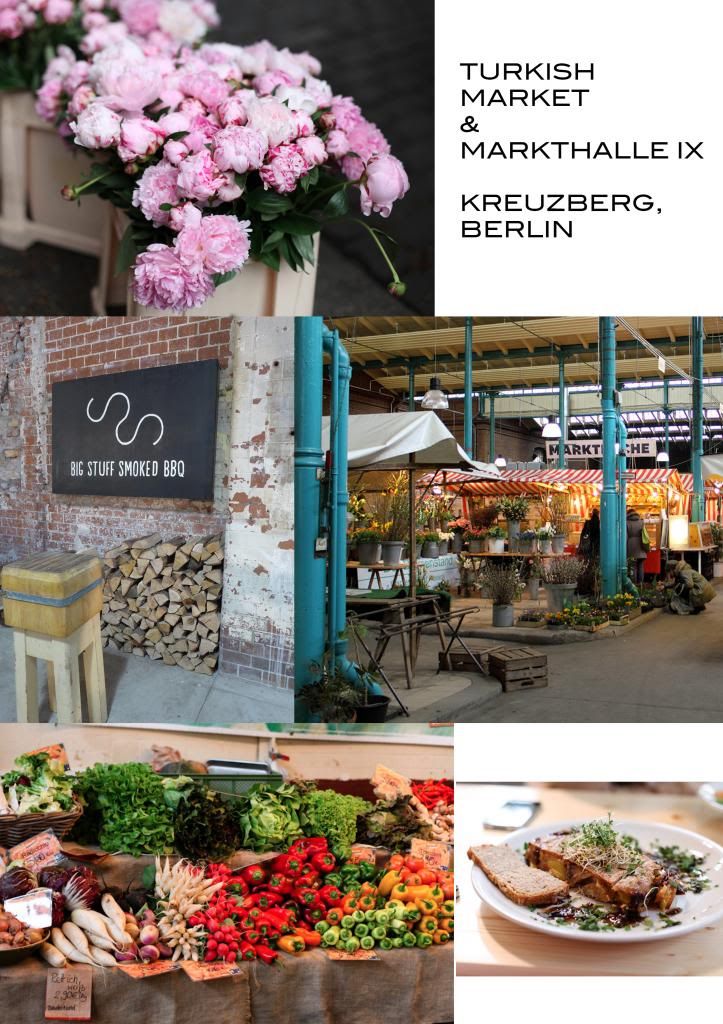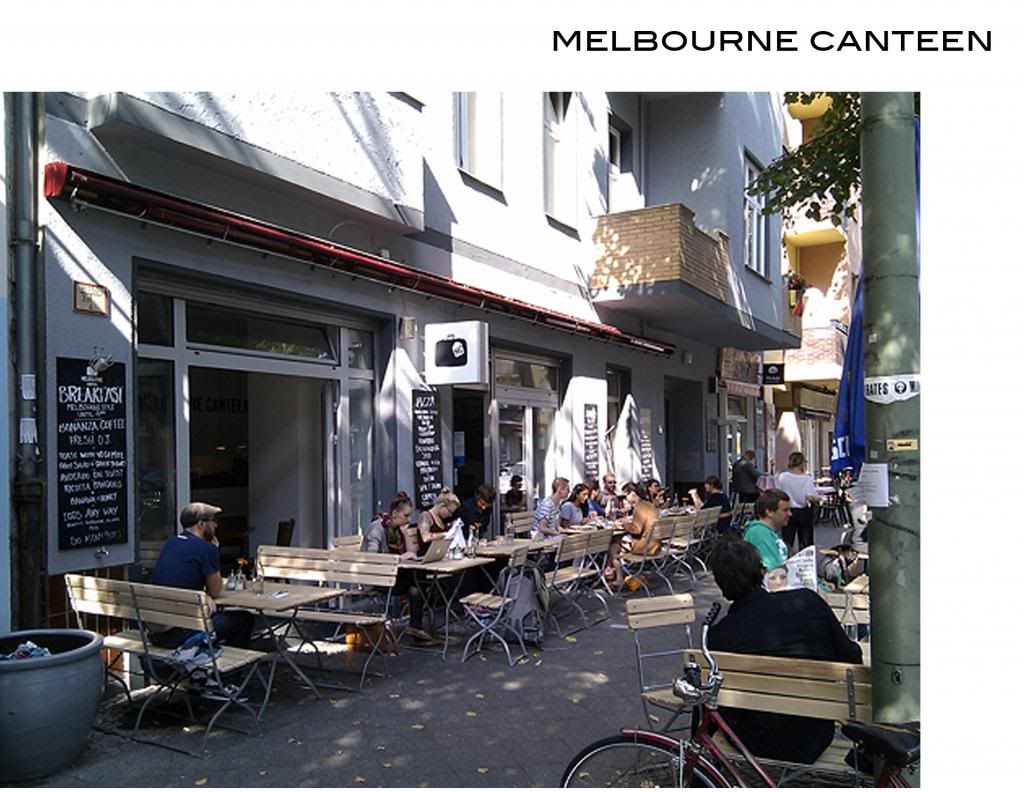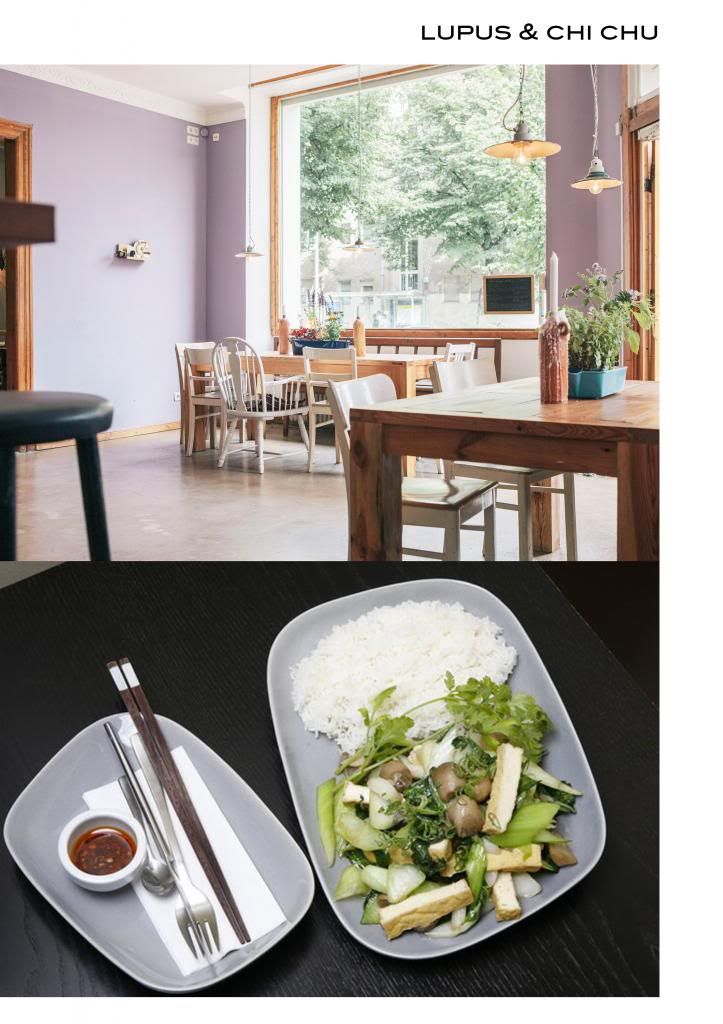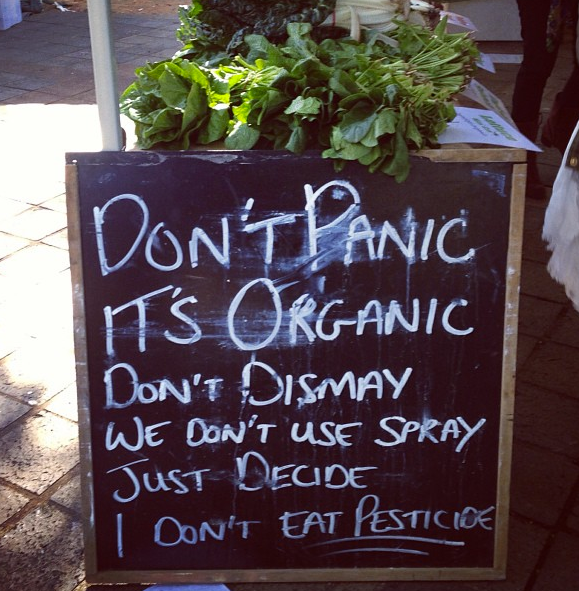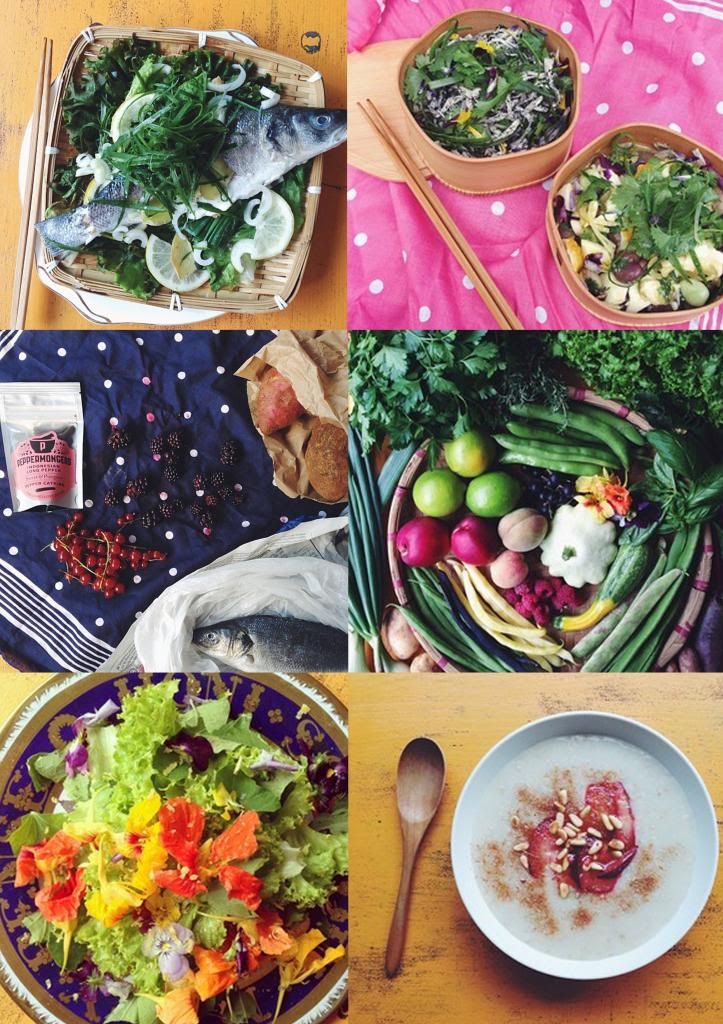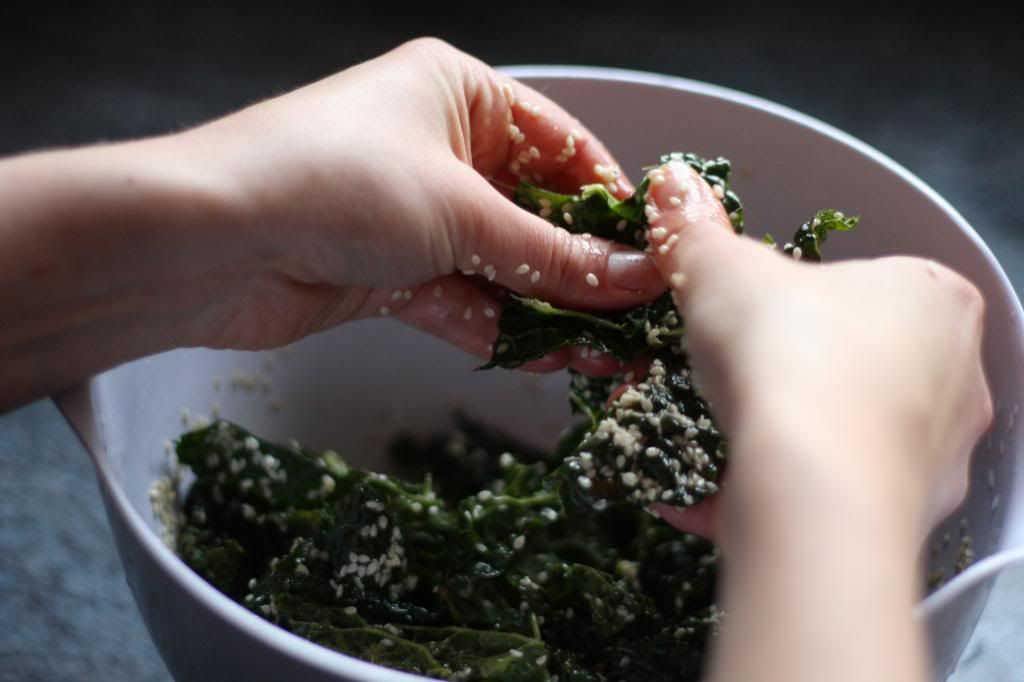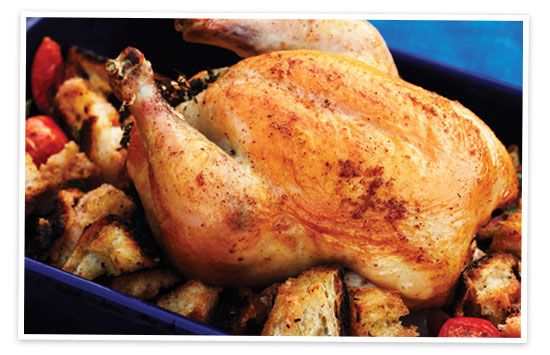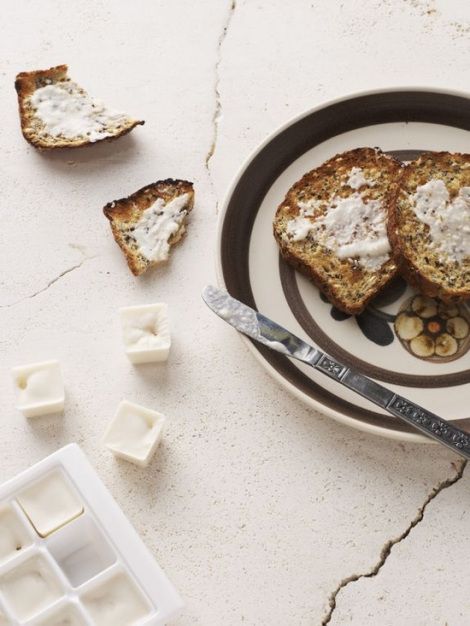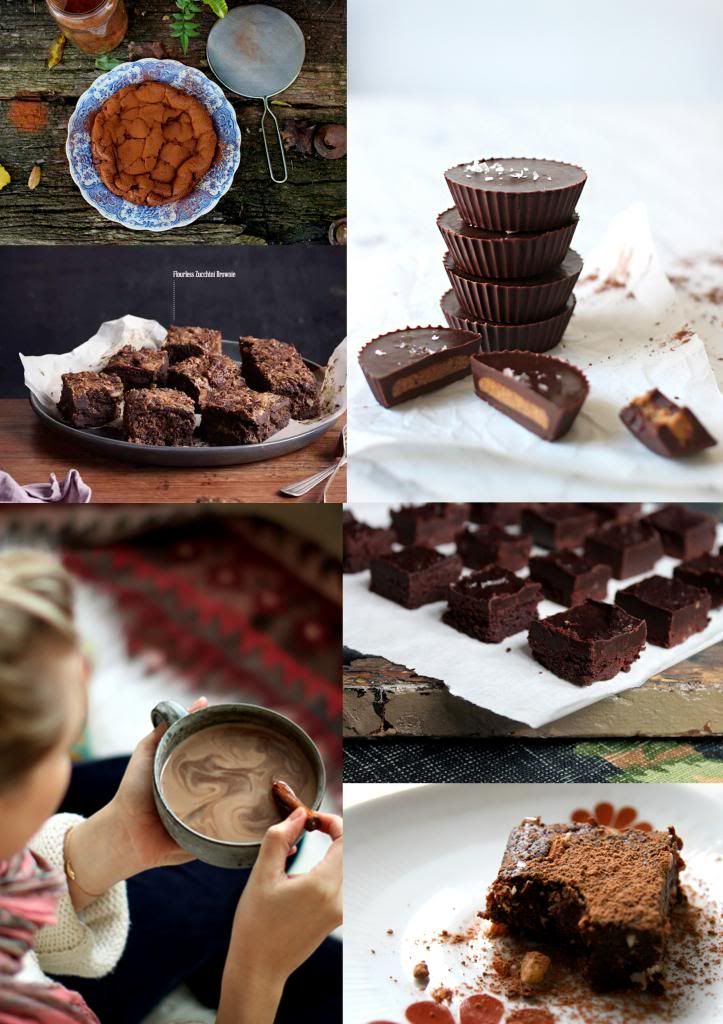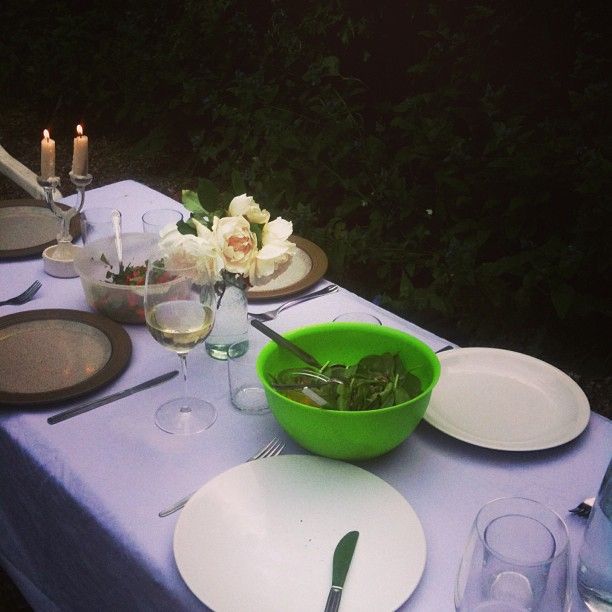The first thing
I packed for my recent trip to Berlin was
not the typical essentials like my passport or plane tickets. It was a 500g bag
of quinoa and some rice cakes.
For the past
eight weeks, I’ve been on a dietician-imposed elimination diet that has meant
no gluten, lactose or fructose and saying goodbye to a whole range of
vegetables and legumes for two months. It was overwhelming at first. But after
feeling bloated and nauseas every afternoon for many months I was up for the
challenge in the hope of determining the culprit.
After an
initial shock factor, it has been surprisingly easy (although admittedly
time-consuming and a little tedious) to maintain. Except when it has come to
eating out. With such complex dietary requirements, I’ve been housebound at
mealtimes. So you can imagine the anxiety I felt when my long-anticipated
Berlin holiday fell just before the
end of the elimination phase.
Luckily for me,
and anyone else with allergies, intolerances or simply certain food
preferences, Berlin has come up with
the (gluten-free) goods that will allow even the fussiest of eaters to enjoy
their city break.
Self-Catering
Firstly, for
those planning to cook, there’s no need to waste precious luggage space on food
supplies. Quinoa, rice cakes and all kinds of gluten and lactose-free foods, as
well as fruit, vegetables, baking goods, cheese and more, can be found at Bio Company, an organic whole
food supermarket chain with 26 locations across Berlin. If one isn’t near you,
there are locally run whole food stores in most neighbourhoods. For fresh
produce, the brilliant Turkish
Market along the canal in
Kreuzberg is on Tuesdays and Fridays.
Further north a
recently revived market hall, Markthalle
IX, plays host to a lively food market Thursday nights and all day Friday
and Saturday. Local farmers and food producers attend, so you can pick up
artisan cheese or bread to take away, or linger and enjoy melt-in-your-mouth
pulled pork from Big Stuff
Smoked BBQ, vegan burgers from Kantine
Neun or smoked fish from Glut & Spaene.
Images: Flowers at theTurkish Market from Stil in Berlin, Big Stuff Smoked BBQ from Berlin Food Stories, stalls setting up at Markthalle IX from Colour Me Blind, fresh produce and delicious cuisine at Markthalle IX from Stil in Berlin.
Images: Flowers at theTurkish Market from Stil in Berlin, Big Stuff Smoked BBQ from Berlin Food Stories, stalls setting up at Markthalle IX from Colour Me Blind, fresh produce and delicious cuisine at Markthalle IX from Stil in Berlin.
Breakfast
For
Aussie-style breakky, try Melbourne
Canteen in Kreuzberg. Eggs
are cooked how you like them and served alongside a mix-and-match selection of
delicious sides including perfectly crispy bacon, cherry tomatoes and garlic
mushrooms. The menu is in both German and English, handy for those of us not so
familiar with Deutsch and trying to avoid certain foods. As you would expect
from a café inspired by Melbourne, the coffee is also exceptional.
Image: Exterior of Melbourne Canteen from the blog Berlin Day Life.
Image: Exterior of Melbourne Canteen from the blog Berlin Day Life.
Lunch/Dinner
Further down
the same road is Lupus, a
café/restaurant open all day serving locally sourced, organic dishes. The menu
offers lots of gluten-free and vegan options alongside meat dishes, catering
for everyone. With a beautiful, rustic interior, and ample outdoor seating,
it’s the kind of place where a breakfast of quinoa-cranberry museli could very
quickly turn into an evening of black bean burgers and cucumber pomegranate
salad.
For dinner, my
favourite spot was Vietnamese restaurant Chi
Chu located on the lovely
green square of Laustizer Platz. Choose from inexpensive, fresh Pho soups or
one of the many rice and veggie variations. Sit outside and enjoy the buzz of
the neighbourhood as the day fades away.
Images: Lupus via Unlike, food at Chi Chu via Tip Berlin.
Images: Lupus via Unlike, food at Chi Chu via Tip Berlin.
After a week
exploring Berlin’s food scene I hadn’t even scratched the surface. But I did
discover there is something for every taste and budget, unlike London no
hour-long queues at the hotspots, and plenty of healthy, wholesome meal
opportunities to satisfy even the fussiest of foodies.
Details:
Turkish
Market, Maybachufer, 12047
Markthalle
IX, Eisenbahnstasse, 10997
Melbourne
Canteen, Pannierstrasse 57, 12047
Lupus, Pannierstrasse 40, 12047
Chi Chu, Laustizer Platz 14, 10997
